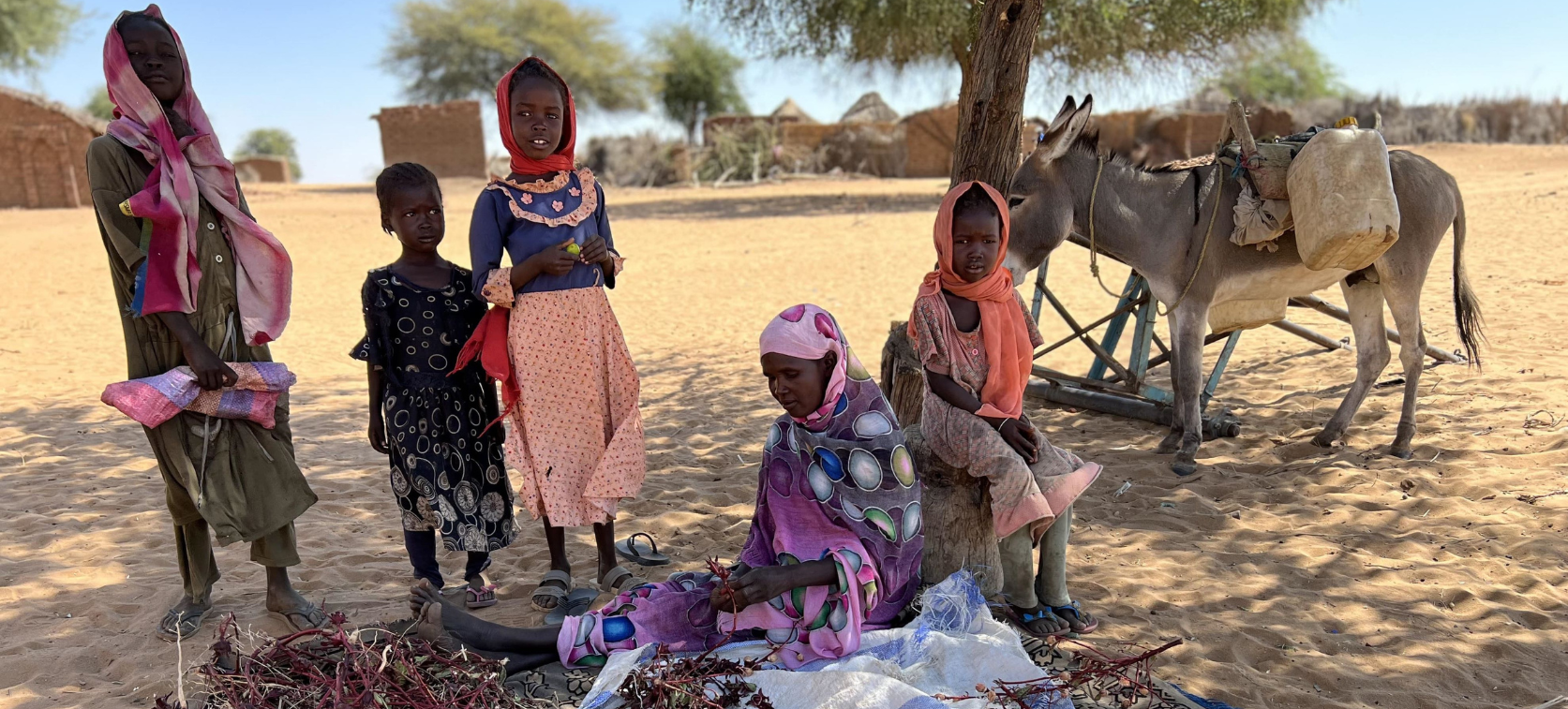The return of colonial division under a new name
Sudan stands once again at the brink of fragmentation. A country already torn apart once in 2011 — when South Sudan broke away after decades of war — is now collapsing under the weight of another orchestrated division. The fighting between the Sudanese Armed Forces (SAF) and the Rapid Support Forces (RSF) is not simply a domestic power struggle; it is a replay of the old colonial logic, updated for the twenty-first century — Divide and Rule, Version 2.0.
A Nation Built to Break
The roots of Sudan’s fragmentation run deep. Under the Anglo-Egyptian Condominium (1899–1956), the British drew artificial lines across ethnic, cultural, and religious fault lines — fusing an Arab-Islamic north with an African-Christian south under a single administrative framework. This structure was never designed for unity. It was engineered for dependency: a state strong enough to extract, but too divided to stand on its own.
That blueprint never died. The first great division — the secession of South Sudan in 2011 — was celebrated as a humanitarian victory but was, in reality, a geopolitical triumph for Western powers. It allowed the West to isolate the government in Khartoum, disrupt China’s growing oil partnership, and open the door to Western-aligned states in the Nile basin. Today’s crisis completes that unfinished work.
The War That Made the Map
Since April 2023, Sudan has been engulfed in a brutal war between General Abdel Fattah al-Burhan (SAF) and Mohamed Hamdan Dagalo “Hemedti” (RSF). The fighting has devastated Khartoum, Darfur, and Kordofan, displacing millions and splintering the state into competing zones of control.
The RSF dominates most of Darfur and parts of Khartoum, operating through tribal and trans-Sahel networks. The SAF holds the north and east, including the vital Red Sea corridor and Port Sudan. Each now functions as a separate authority, taxing, governing, and negotiating with foreign powers. Sudan, in all but name, has already fractured.
The Foreign Hands Behind the Split
It is easy — and often convenient — to point at the United Arab Emirates, whose arms and money flow openly to the RSF. But the UAE is not the architect; it is the instrument. In this war, Abu Dhabi acts as Washington’s proxy, extending American influence through Gulf capital and covert logistics.
This is the same U.S. strategy seen elsewhere: allow regional allies to do the dirty work, then step in as “mediator” and “peacekeeper.” The UAE doesn’t need exposure — its role was already on full display in Gaza. The real focus must return to Washington, whose geopolitical map of the Red Sea and Sahel requires Sudan’s fragmentation.
Sudan’s Wealth — The Hidden Prize
Sudan is no failed state by nature. It is a land of immense potential: gold, oil, and rare minerals stretching from Kordofan to Darfur; fertile agricultural plains capable of feeding half the region; and a 2,000-kilometre Red Sea coastline strategically linking Africa, Arabia, and Asia.
This is what makes Sudan too important to be left independent. The U.S. plan — now channelled through the new “Quad” (U.S., Saudi Arabia, UAE, Egypt) — is to secure this corridor under Western oversight. Control the Red Sea, contain Chinese and Russian influence, and ensure that every reconstruction contract, base, and aid programme aligns with American strategic priorities.
Britain, once part of the original Quad, has been quietly removed. Egypt has taken its place — a shift that reflects a deliberate U.S. downgrading of British influence in Africa’s political architecture. London is left with the symbolic role of “penholder” for Sudan at the UN, while real decisions are made in Washington, Riyadh, and Abu Dhabi.
Divide 2.0: The New Colonial Cartography
The outlines of a new map are forming: Western Sudan (Darfur) under RSF-UAE networks, tied into the Sahel trade and gold routes; Northern and Eastern Sudan under SAF-Egyptian influence, controlling the Red Sea and the Nile corridor; and Southern borderlands drawn again into South Sudan’s orbit.
What emerges is a patchwork of protectorates, each plugged into a different foreign economy and military alliance. Sudan will not break through a peace treaty this time; it will disintegrate through managed chaos, as external powers administer its ruins under the language of “stabilisation.”
The Cycle Repeats
This is not the first time Sudan has been divided to serve foreign designs — and it will not be the last if the same logic persists. The colonial boundaries that once carved Africa were lines of extraction, not unity. Today, those lines are being redrawn with drones, diplomacy, and humanitarian rhetoric.
Behind every ceasefire negotiation and every donor conference lies the same principle:
A weak Sudan is a useful Sudan — pliable, partitioned, and perpetually dependent.
Conclusion: A Country Unmade by Its Resources
Sudan’s tragedy is not merely that it is at war; it is that it was never allowed peace. Its vast wealth, its Red Sea access, and its position at the crossroads of Africa and Arabia make it a prize too tempting for empires old and new.
As in 2011, the rhetoric of “peace and democracy” masks the real project: a second break-up of Sudan, engineered not by Sudanese ambitions but by external interests disguised as mediation.
The colonial playbook has simply gone digital — Divide and Rule reborn as Stabilise and Manage. And once again, Sudan bleeds for someone else’s order.
Need Help?
-
[email protected]
-
Follow us on Instagram
-
Follow us on TikTok
